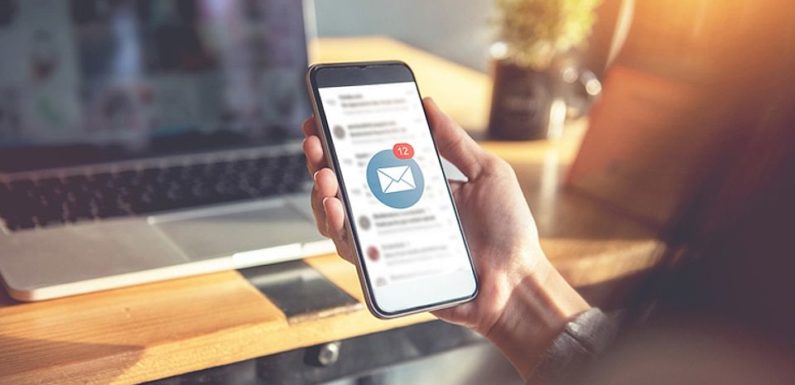
Do not allow the leakage of vital information and data by protecting your email in simple ways.
5 Basic Tips to Protect Your Data Privacy While Working With Emails
Have you ever heard why are free unofficial email applications like Spark dangerous? The reason is that they get access to all your emails outside your laptop, iPhone and Gmail on your server – and when it is hacked, most of your accounts in stores, social networks, payment systems, datings, bookings, clouds and drop boxes will also be hacked, and companies that develop such applications do not have the motivation to invest in security, because they do not charge you for the usage.
For this reason, the only way out is to defend yourself on your own. Find out how to protect your data privacy on Mac while working with emails.
For Daily Use, Create an Account Without Administrator Rights
Your account, configured in Mac OS X by default, has administrative rights. And malware creators can use this to infect your computer and get access to your data – for everyday use, we recommend creating an account without administrator rights. Use the administrator account only when it is really necessary.
Use Reliable Mail Clients
Canary Mail is interesting with a good balance of functionality and minimalism, flavored with useful functions such as tracking the status of reading, as well as the flexibility of settings, which are almost perfectly chosen by default. But there is the most important point. The use of the Canary Mail client does not provide access to personal data of users and transfer them to cloud servers.
Start Encryption of the Entire Disk and FileVault
The version of MacOS X Lion has an updated version of the solution for encryption FileVault. It supports encryption of the entire disk. With it, you can protect the entire hard drive, but not just personal folders, which will be very useful if the laptop is stolen.
Be Informed About GPGMail
There is another free and quite popular solution that allows you to securely encrypt your mail correspondence. This is the GPGMail project – a branch of an even broader GPG project. It allows you to encrypt any message with your key that no one will read it, and here you can ask a logical question-what should the letter recipient do? Recall a typical encryption scheme with keys in which each key has two parts – public and secret. The one who has access to the secret part can encrypt the letters. This person should only be you otherwise the idea loses its meaning. Those who have a public part (this should be all the recipients that you send encrypted letters) can decrypt messages. You can read more about this project on Wikipedia.
Use the Password Manager to Counter Phishing Attacks
The good news is that unlike Windows, Mac has a built-in Keychain password manager. As much as possible, try to create unique hard-to-crack passwords to access resources. Store them in Keychain, instead of remembering passwords easier. If hackers get a password for one of the accounts, they will immediately try to apply it to all other accounts: Gmail, Facebook, eBay, PayPal, etc. Therefore, the use of unique stable passwords increases your protection several times.
For especially important passwords, you can use a separate Keychain, with the password cache timeout set to 3-5 minutes. What are important passwords? These are passwords for accessing resources, hacking which directly can lead to financial losses: these can be eBay, PayPal, and online banking services. If somehow Keychain itself is hacked, you will not lose all your passwords.
Try to implement even one or two of the tips above and the security of your data when working with e-mail will be a little higher!

